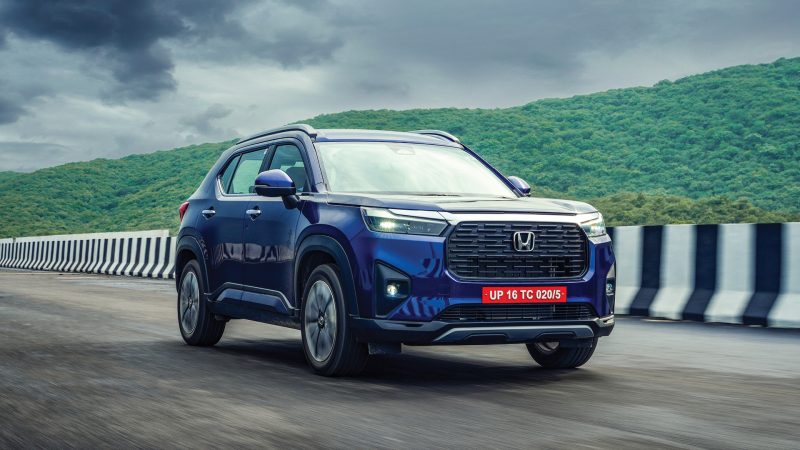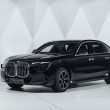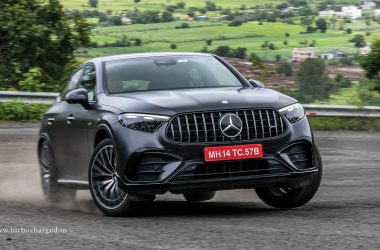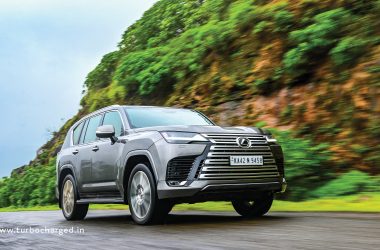Photography: Honda India
The Honda Elevate is, in my opinion, the most important product for Honda in India till date. It has been developed with India in mind, though obviously, it will be sold in other markets too. It also has what is perhaps the longest list of direct rivals – over half a dozen to be precise, including big names like the Hyundai Creta and Kia Seltos, Škoda Kushaq and Volkswagen Taigun, Maruti Suzuki Grand Vitara and Toyota Urban Cruiser Hyryder, MG Astor and also the upcoming Citroën C3 Aircross. Clearly, the Elevate thus has a lot riding on its shoulders as an all-new product. I mean, after all, it will sit in what is the most fiercely contested car segment in one of the biggest automobile markets in the world! The question is, does the Elevate have what it takes to ruffle a few feathers and carve its own niche in the midsize SUV segment?
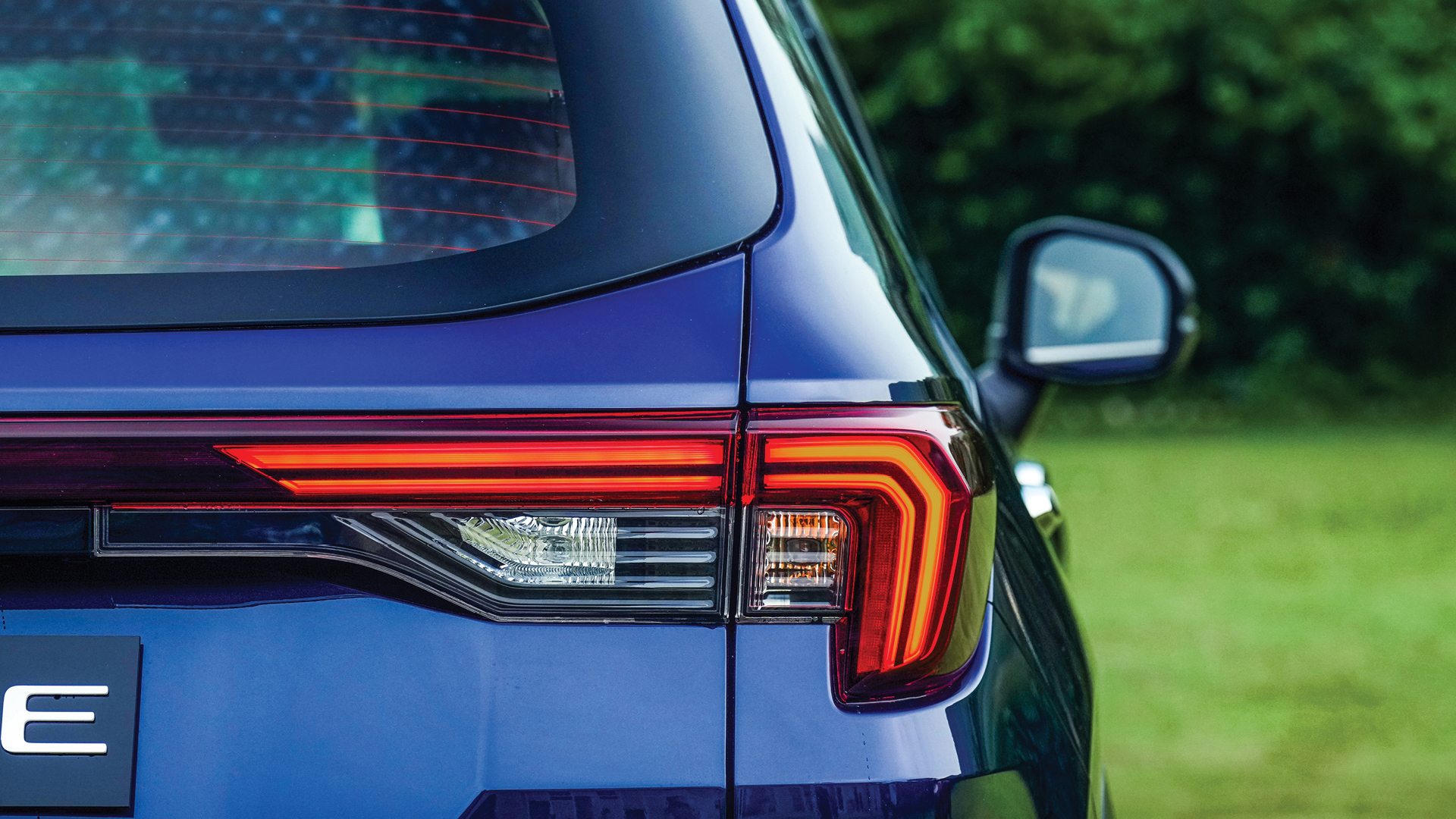
It sure looks unique and also has the same premium look and feel inside as the Honda City. The styling isn’t what we’re used to seeing from Honda though – the design language is new, making for a fresh and distinctive appearance. The Elevate looks very American from the front courtesy the slab-sided face – the grille is large and flat, sans any chrome, though there’s a fat strip of chrome on top that extends onto the headlamp units. The bumper design is simple too, without too many lines or curves and the fog lamps sit at the far ends on either side. The bottom line is, the Elevate’s front end will help it stand out – despite the clutter of very good-looking SUVs in the segment – thanks to that massive vertical grille.
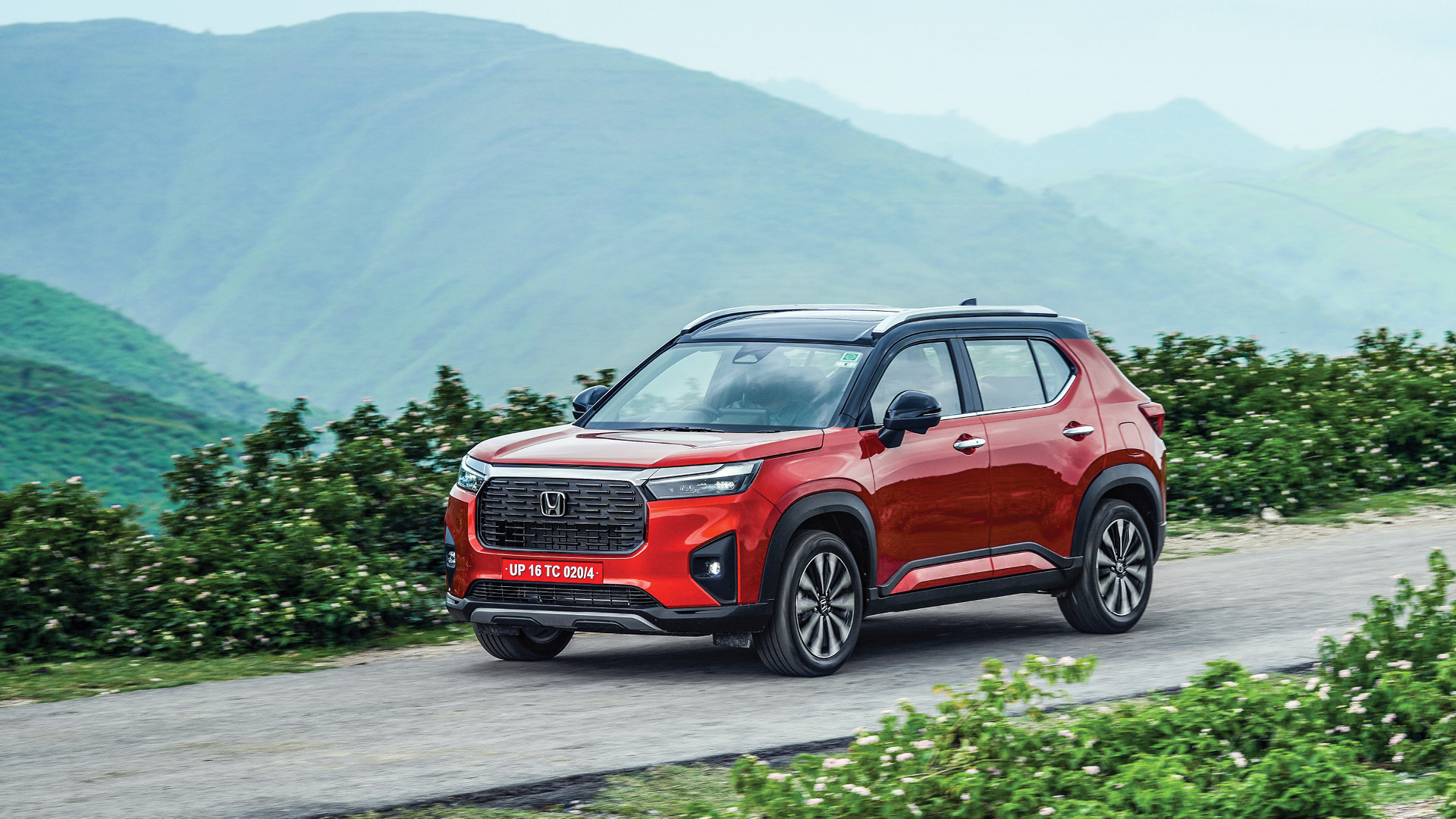
The Elevate has a boxy silhouette and it also looks well-proportioned from the sides. What also caught my attention was that the hood is almost flat and horizontal, just like old-school SUVs. This is particularly satiating from the inside when perched behind the wheel, but even from outside it adds to the Elevate’s design. Details like the roof rails, front and rear scuff plates, side cladding and fat C-pillars complement the Elevate’s SUV status too. It runs on 17-inch wheels (top, ZX variant) that use a design similar to the City’s. The rear looks very eye-catching too, thanks to the tail lamp design in particular. I’m glad that effectively, Honda has not gone in for current SUV design trends – overly curvy or sharp – but has kept it simple, which makes for a clean look, irrespective of the angle.
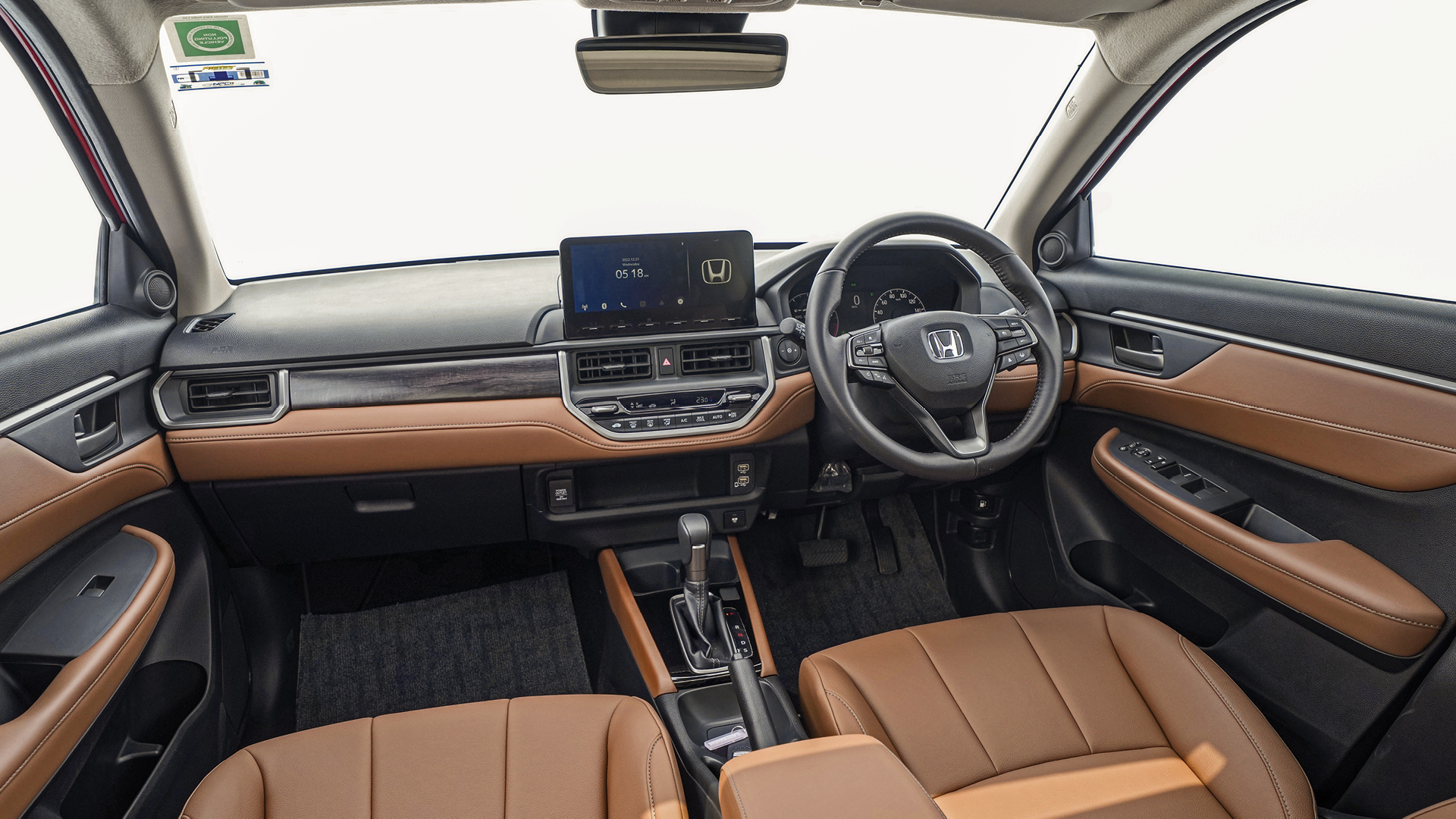
The Elevate’s interiors will be familiar territory to anyone who’s been in the current generation Honda City. While there are changes to the design, the overall feel is very similar, courtesy the steering wheel, identical instrument cluster and colour theme. That said, while elegant and rich looking, the interiors feel a little too ordinary as compared to some of the SUVs in the segment, like the updated Kia Seltos. That said, in typical Honda fashion the Elevate’s interiors offer a built-to-last feel. Also, Honda has thankfully retained some physical switches, which have that wonderfully tactile feel that’s gone missing in most new-age cars. Thanks to Honda’s man maximum, machine minimum philosophy, space inside the cabin is excellent – be it for the driver and front co-passenger, or rear kneeroom and legroom. The Elevate really does feel like the Honda City of SUVs thus. This is also courtesy the seats – they’re plush, comfortable and very supportive. In fact, I dare say this – the Honda Elevate has the best seats in the midsize SUV segment, given the under-thigh support and perfect foam density!
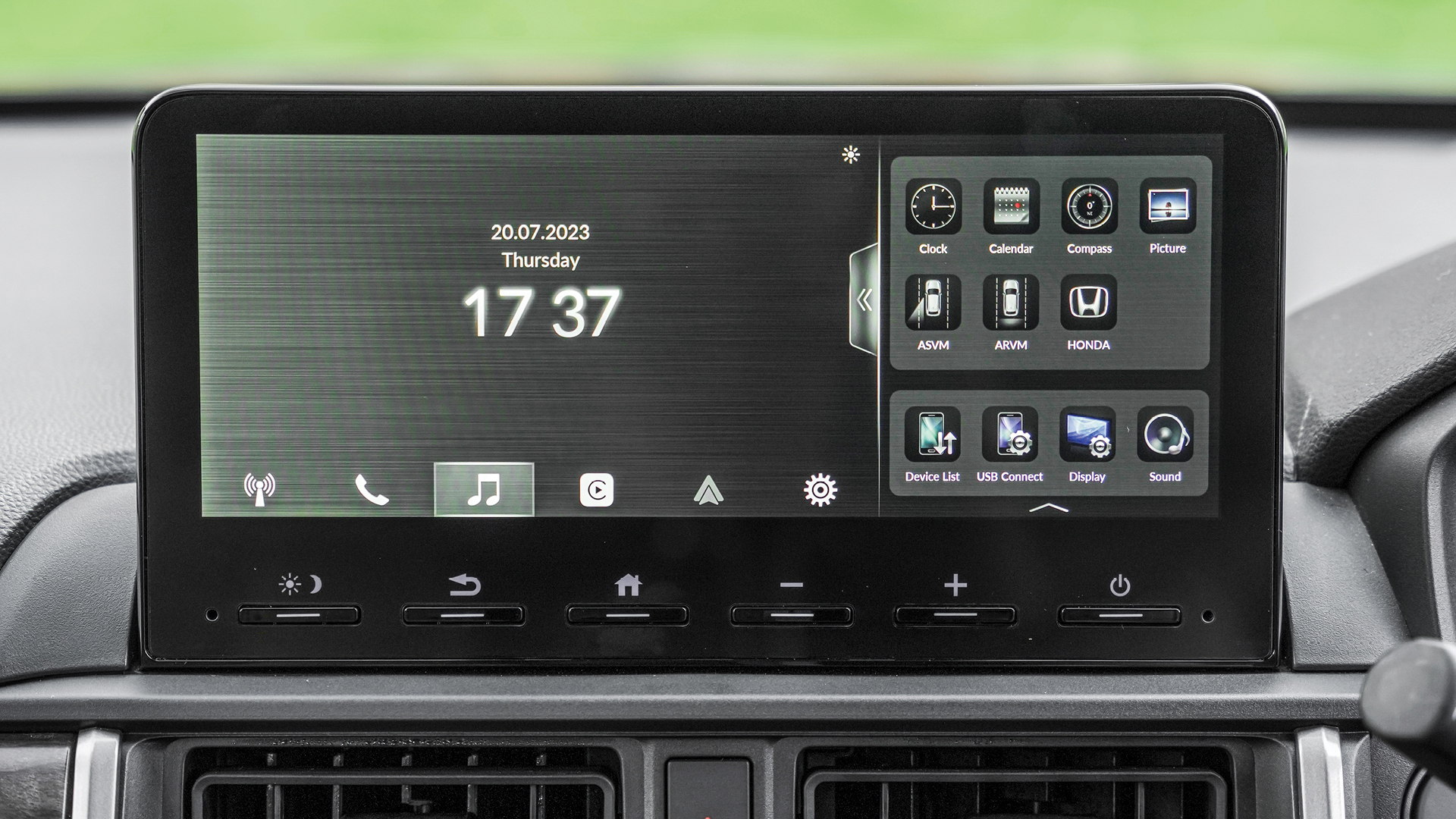
Moving onto what is the next most important bit for most buyers today – features. The Elevate isn’t a match for its Korean rivals but it isn’t a barebones SUV either. It gets regulars like wireless Apple CarPlay and Android Auto, wireless charging (with a physical button to turn it on or off!), a 10.25-inch infotainment touchscreen with a set of physical buttons, reversing camera with a good resolution and more. But there’s just a single pane sunroof, at a time when most of its rivals are equipped with panoramic sunroofs. The front seats are not ventilated, there’s no 360-degree camera either and there are two USB ports at the front, but both are Type-A ones and not the faster charging Type-C units. Rear occupants do not get USB ports at all and will have to make do with a 12-volt socket.
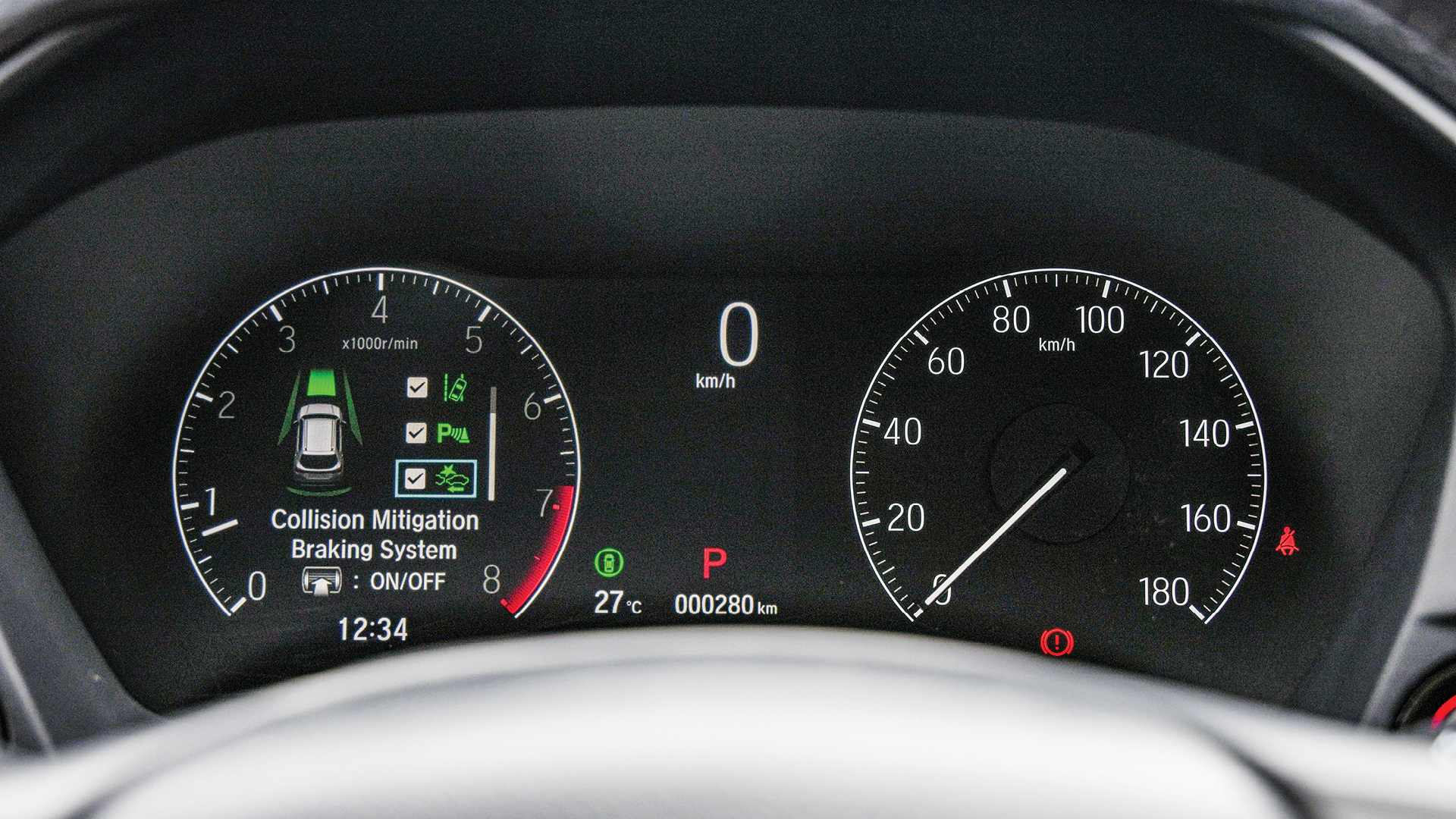
Honda has chosen to offer Honda Sensing or Level 2 ADAS on the Elevate though. So you get a Collision Mitigation Braking System, Lane Keep Assist, Adaptive Cruise Control, Road Departure Mitigation, Lead Car Departure Notification and more. The Elevate also does not get rain-sensing wipers but gets automatic headlamps with an auto high beam function. The part-digital instrument cluster is the same as the City too and looks dated, though the display it integrates on the left does pack in a lot of information and controls.
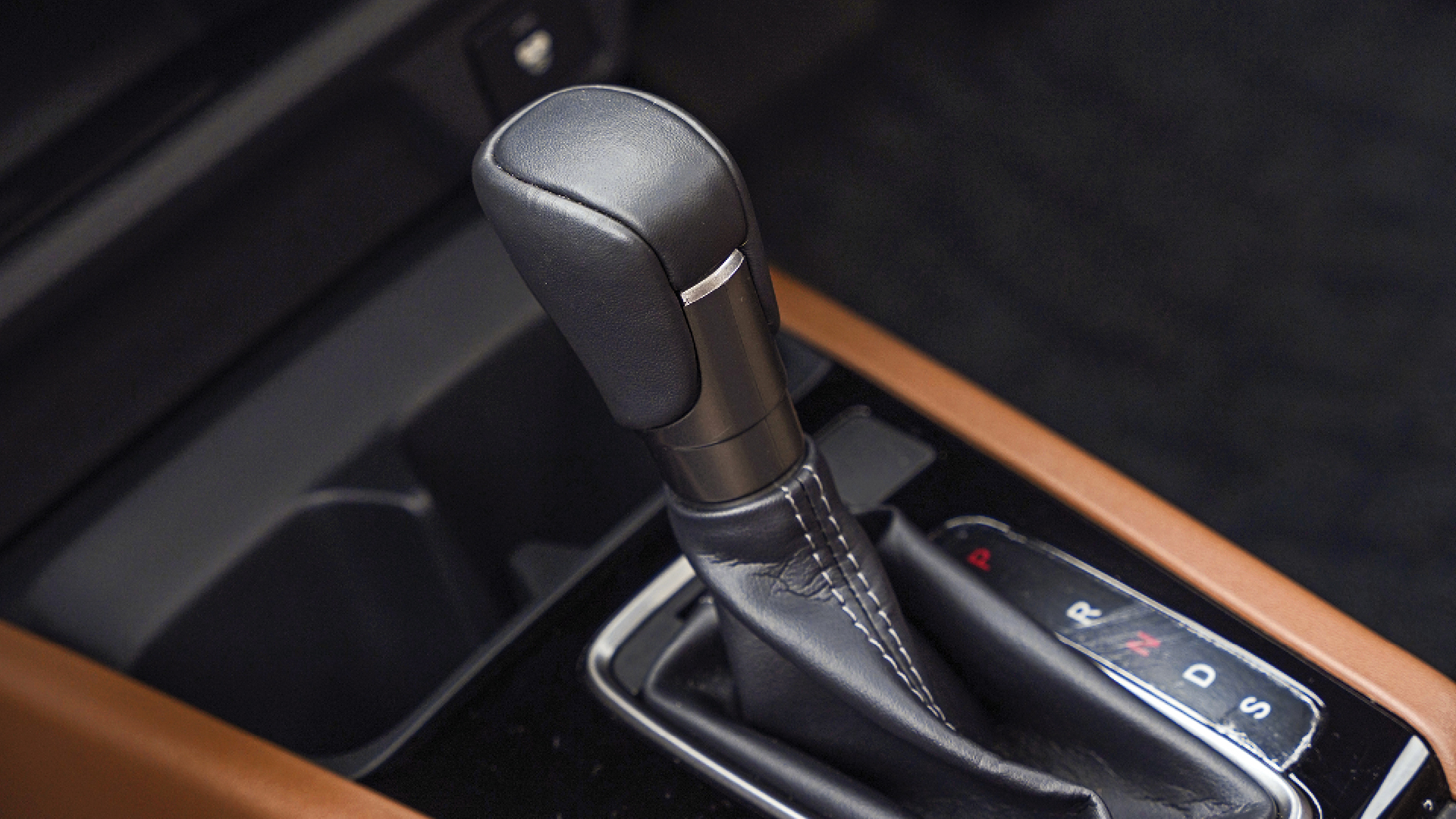
Under the hood is the same 1.5-litre i-VTEC petrol engine as the City. It’s surprising that Honda has chosen to not offer the City’s strong hybrid powertrain as an option despite both its Japanese rivals, the Grand Vitara and Hyryder getting the option. In my opinion, this is also an opportunity lost to introduce the 1.0-litre turbocharged petrol engine Honda offers in the City in markets abroad. Not that the 1.5-litre naturally aspirated VTEC is lacking as an engine – it boasts the same class-leading refinement we’ve seen in the City. But the outputs are the same as the City too, at 121PS and 145Nm, despite the Elevate weighing 150kg more than the City. So you are left wanting for more grunt when giving it the stick. The motor feels a little lethargic when caned and you also need to work the gearbox constantly to stay in the meat of the powerband.
The six-speed manual gearbox though is a joy to use with its slick gear changes, especially in conjunction with the light clutch pedal. Honda has reworked the gear ratios – the first and second gears are shorter to attend to the additional weight, which makes a difference, but overall performance isn’t as brisk as you’d want. The CVT isn’t as much fun as it is in the City and Amaze either and does not feel in sync with the motor and is best suited to city driving given the rubber band effect at higher speeds. The bottom line is, the Elevate has the same polished feel as the City on the powertrain front and will be an excellent performer when it comes to cruising long distances and also appeal to more mature buyers, but may not impress younger buyers.
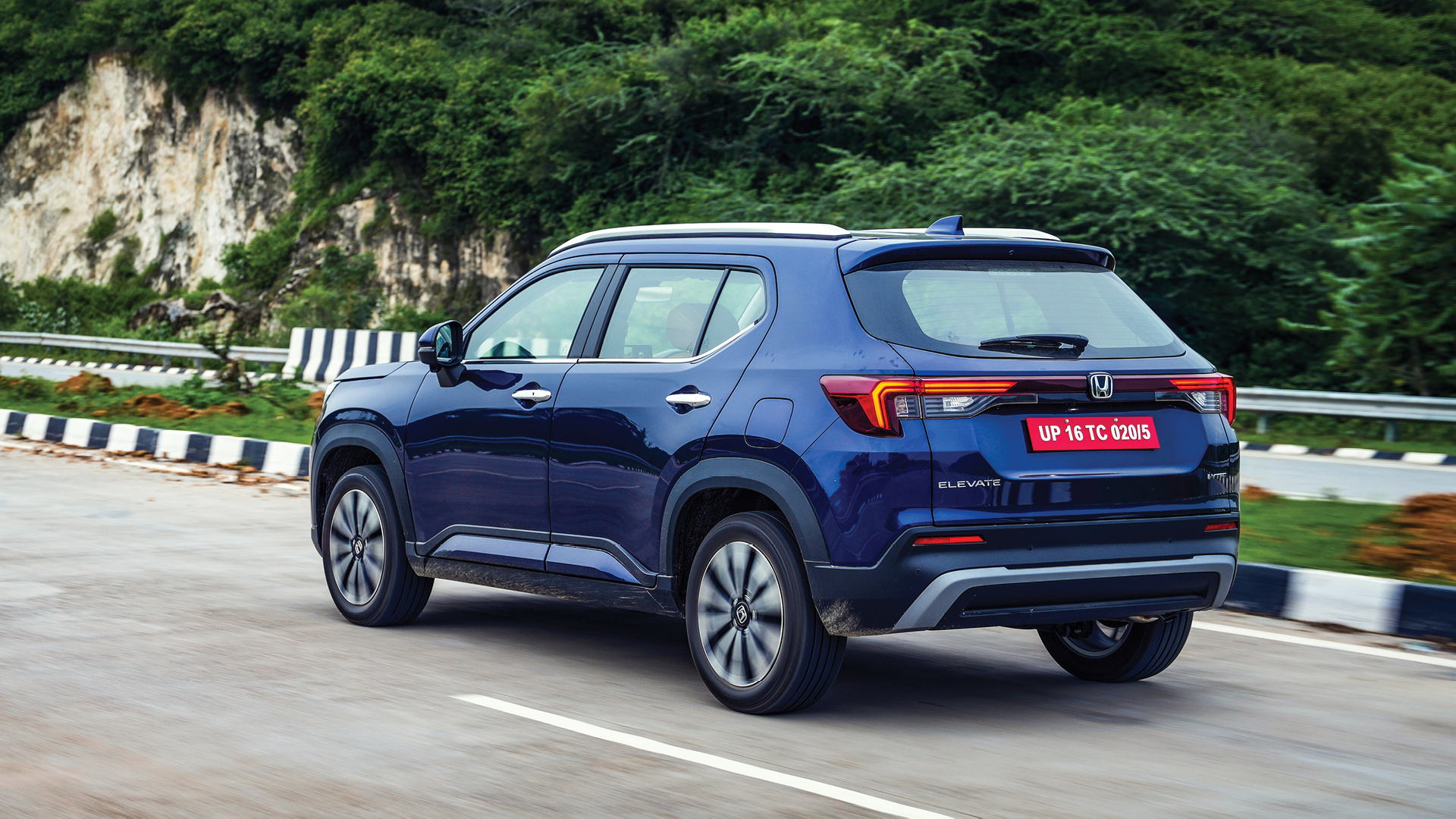
The Elevate lives up to the tag of being a Honda on the dynamics front too. Its ride quality is easily the best in class thanks to the way the Elevate tackles broken roads. The well-tuned suspension makes for unmatched comfort in conjunction with the uber-comfortable seats and effectively, the Elevate will set benchmarks when it comes to the ride quality, just like the City has in its segment. The Elevate will again be quick to appeal to the more mature buyers thus, especially the ones looking for excellent comfort in a family SUV and the chauffeur-driven lot. The steering is among the most precise ones in the segment too – the preciseness, weighted feel and responsiveness are simply spot on. Handling at highway speeds is equally impressive as the SUV feels very stable and planted, besides which body roll around corners is well controlled. The Elevate feels confident and very predictable on the handling front overall and is a driver’s delight too, in typical Honda fashion.

To sum it up, the Elevate feels exactly like how we know our Hondas in India. Honda has played it safe, though given the long list of names the Elevate goes up against and everything its rivals have in their arsenal, we would have wanted the SUV to feel more exciting and also be equipped with more features. Having said that it delivers on a lot of fronts though and really excels at delivering a rich, no-nonsense feel while also feeling spacious and supremely comfortable. We expect prices to begin from about Rs 11 lakh and go up to about Rs 16 lakh ex-showroom, which should help it convince a lot of prospective buyers and not just Honda loyalists.





